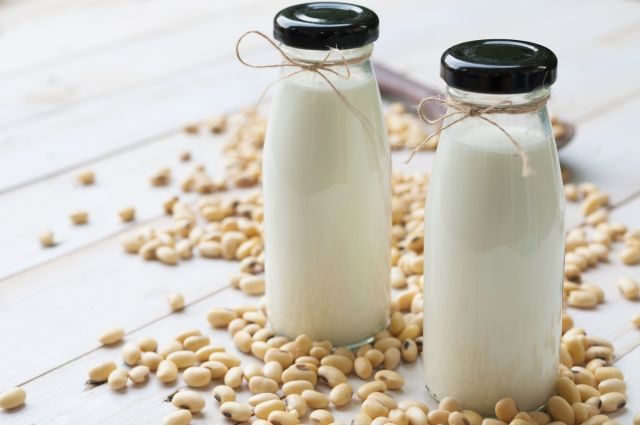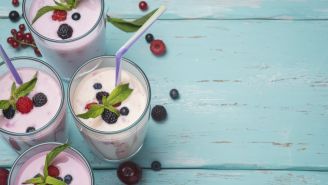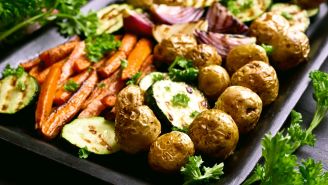Updated on June 27, 2023.
There are not many foods that come with so many and such varied health claims: According to some research, soy does everything from lowering cholesterol to decreasing cancer risk to strengthening brittle bones. And while scientists are still separating the fact from fiction, there are a few things we know for sure. For starters, soy is a high-protein food that's low in saturated fat and a key component of an overall healthful diet.
Here are three key things to know about adding soy to your eating plan:
Drink it up
Even die-hard carnivores—not to mention people who are lactose intolerant or those who simply don't care for dairy—enjoy soymilk. When you shop for a product, jst make sure it's fortified with calcium. A cup of fortified soy milk has 200 to 400 milligrams of calcium, or 20 to 40 percent of your recommended dietary allowance.
Keep it simple
Heavy-duty processing isn't any better for soy than it is for whole grains. Choose basic soy foods that remain as close to their natural starting point as possible. These include tofu, tempeh, and miso, rather than highly processed soy sausages, frozen desserts, and energy bars. Otherwise, you're likely to find the label full of cholesterol, saturated fat, sugar, and sodium. And talk about keeping it really simple...
Think whole beans
Soybeans—commonly known as edamame (pronounced like "ed-a-mommy")—give you the purest punch of the plant's health-boosting phytochemicals, especially its isoflavones. Many supermarkets now stock frozen soybeans (in and out of the pod), and some even have fresh ones. Keeping frozen shelled beans on hand makes it easy to toss them into soups, salads, pasta, tortillas.
Or try this hummus recipe, made with soybeans instead of chickpeas.
Spicy soybean hummus
Makes about 1 1/2 cups
Serve with whole-grain pita bread or as a dip for raw veggies.
- 2 large cloves of garlic
- 1 1/2 cups cooked soybeans
- 2 tablespoons roasted sesame tahini
- 1/2 teaspoon ground cumin
- 1 tablespoon olive oil
- 1 tablespoon lemon juice
- 1/2 cup fresh parsley
- 1/2 tablespoon soy sauce
- 1 to 4 tablespoons vegetable broth
1. Preheat oven to 450 degrees Fahrenheit. Roast garlic cloves in shallow pan for 7 to 10 minutes, or until they just begin to brown and can be pierced easily with a fork. Cool and peel.
2. In a blender or food processor, combine cooked soybeans, tahini, garlic, cumin, olive oil, lemon juice, parsley, and soy sauce. Blend until smooth. Blend in broth a teaspoon at a time until desired consistency is reached.






